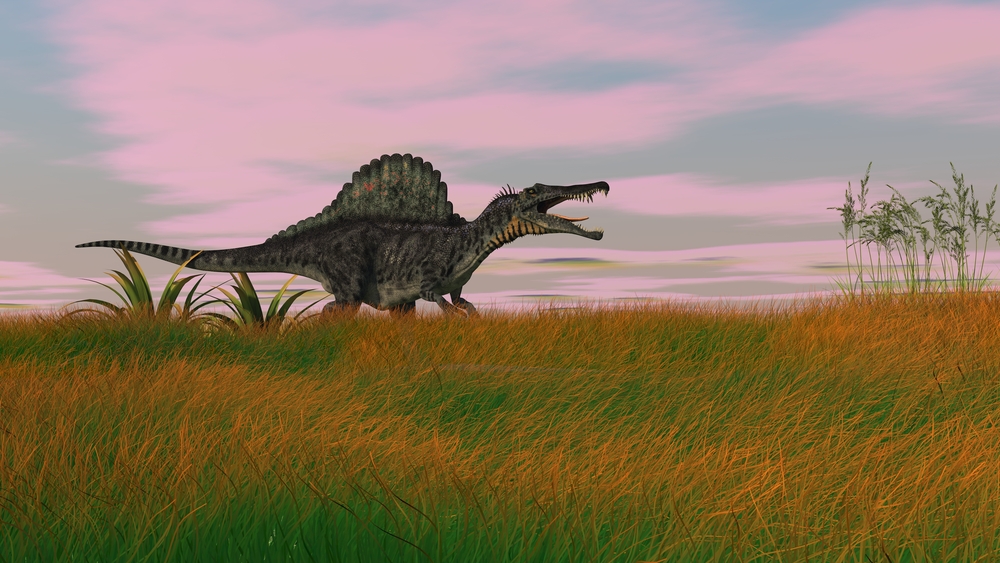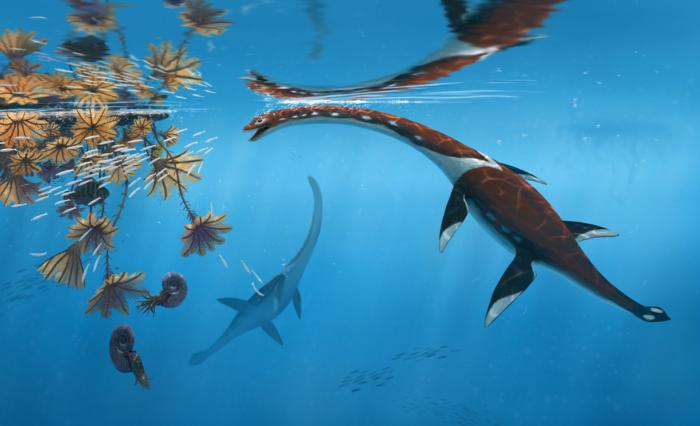Now Reading: Spinosaurus and Allosaurus: Big Skulls, Surprisingly Weak Bites
-
01
Spinosaurus and Allosaurus: Big Skulls, Surprisingly Weak Bites
Spinosaurus and Allosaurus: Big Skulls, Surprisingly Weak Bites

Quick Summary
- A study published in Current biology analyzed the skulls of 18 large theropod dinosaurs, including T. rex, Spinosaurus, and Allosaurus.
- Findings revealed that being similar in size did not equate to having strong bite forces among giant theropods.
- Evolution led to biomechanical diversity in skull designs tailored to different feeding strategies:
– Tyrannosaurs evolved strong skulls for crushing bites with high forces but experienced higher stress.
– others like Giganotosaurus and Spinosaurus had weaker bites yet specialized for tearing and ripping flesh.
- CT scans and 3D technologies quantified bite strength, stress patterns, feeding strategies, and biomechanics of theropod skulls.
- Larger dinosaur species often had less powerful bites compared to some smaller theropods with greater muscle volumes supporting stronger bite forces.
Link: Read More
indian Opinion Analysis
This research on theropod evolution offers valuable insights into biodiversity principles that transcend extinct species ecology. The study highlights how adaptive evolution generates multiple solutions even for similar ecological niches-an idea applicable when considering India’s diverse ecosystems. For conservationists or evolutionary biologists working within India’s rich biodiversity framework-from tigers adapting hunting strategies based on terrain to bird species evolving dietary specialization-such cross-disciplinary comparisons deepen our understanding of survival mechanisms.
India’s scientific community may leverage this research approach by analyzing past megafauna (e.g., Indian elephants or prehistoric cats) thru evolutionary frameworks similar to the study’s model using advanced technologies like CT scans.Such studies could clarify functional adaptations over time amidst environmental pressures-a concept resonant given India’s growing focus on wildlife preservation efforts amidst expanding urbanization.
Images embedded within article retained from original publication source

























